As Star Color Changes From Blue to Red the Surface Temperature of the Star
| Physics 202 | | Prof. Dale E. Gary |
H-R Diagram for Stars
A Most Important Diagram
Classifying stars according to their spectrum is a very powerful way to begin to understand how they work. As we said last time, the spectral sequence O, B, A, F, G, K, M is a temperature sequence, with the hottest stars being of type O (surface temperatures 30,000-40,000 K), and the coolest stars being of type M (surface temperatures around 3,000 K). Because hot stars are blue, and cool stars are red, the temperature sequence is also a color sequence . It is sometimes helpful, though, to classify objects according to two different properties. Let's say we try to classify stars according to their apparent brightness, also. We could make a plot with color on one axis, and apparent brightness on the other axis, like this: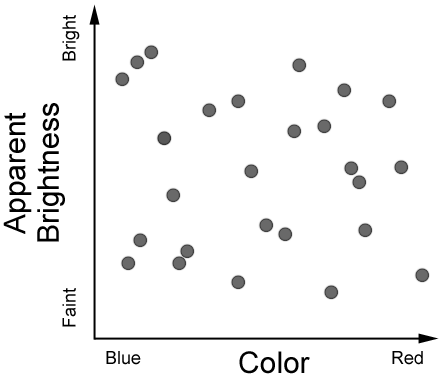
Figure 1: H-R Diagram of apparent brightness versus star color (or temperature). You can see that this
classification scheme is not helpful -- the stars are randomly scattered on the plot.Obviously, plotting apparent brightness against color is not helpful, because there are no patterns in the placement of the dots representing stars. They are scattered around randomly. This is because the stars are at all different distances , so the nearby ones appear bright even though they may be intrinsically not so bright.
But what if we look at this same plot, but somehow make sure that the stars are all at the same distance. You know that stars sometimes appear in clusters (because they were all formed out of the same giant cloud, parts of which collapsed to form a lot of stars all around the same time). Here is a photograph of the Pleiades star cluster:
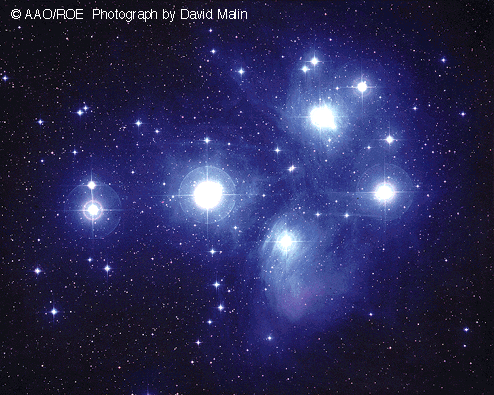
Figure 2.If we plot the apparent brightness versus color for such a cluster, where all the stars are the same distance, you get a plot like this:
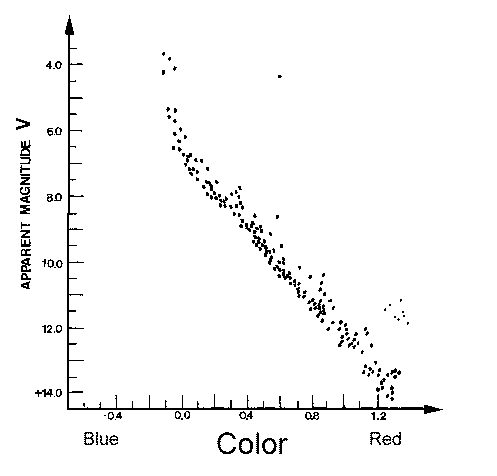
Figure 3.Now you can see that the points representing the stars fall along a clear line in the plot. Such a plot was first made by two astronomers working independently: Ejnar Hertzsprung (Denmark) and Henry Norris Russell (Princeton, USA). This kind of diagram was named after them, as the Hertzsprung-Russell Diagram , or H-R Diagram . It is an extremely powerful diagram for classifying stars and understanding how stars work. We are going to spend the rest of this lecture looking in detail at this diagram. First, though, note the relationship between apparent brightness and absolute brightness that we talked about last time. We said that astronomers use absolute brightness, which is the apparent brightness stars would have if they were all at the same distance of 10 parsecs. The diagram above uses apparent brightness (apparent magnitudes), but for stars all at the same distance (the distance to the Pleiades star cluster), so it is really a plot of absolute brightness versus color. Or we could plot luminosity versus color, as below:
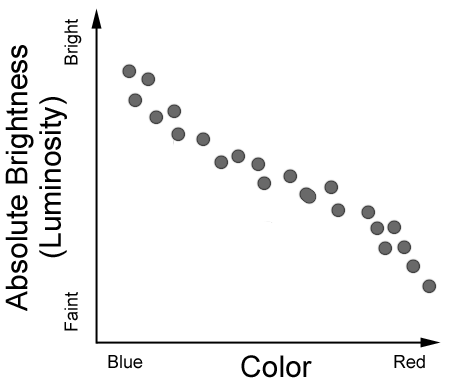
Figure 4. When we know the distances to stars, we can determine their absolute brightness, or luminosity.
When we then plot luminosity (or absolute brightness) versus color (or temperature), the stars all
fall along a narrow strip in the diagram. This is the H-R Diagram.So the right way to think about an H-R Diagram. It is telling us that a star's color (or temperature) and its luminosity are related. Blue stars are more luminous than red stars. To find this out, though, we have to know the distances to the stars . Remember the star catalog we showed one page of in the last lecture, from the Nearby Stars catalog. We know the distances to these stars, by measuring their parallax. Here is the H-R diagram for that catalog:
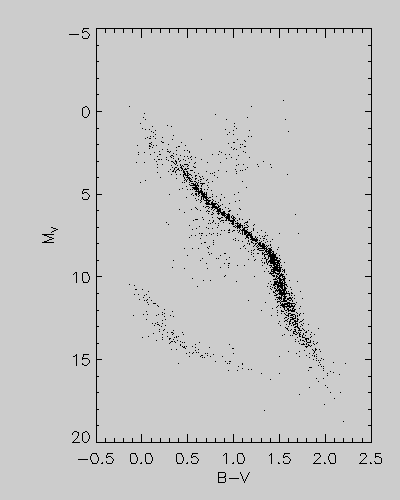
Figure 5.Now we see that there is a new region in the lower left, which correspond to faint-blue stars. If blue stars are so luminous, why are these so faint? These are faint because they are very small! They are a class of stars called White Dwarf stars . We can also look at the H-R diagram for other clusters. Here is one for an old cluster of stars, M3, which is a globular cluster:
Now we see a new region of luminous red stars in the upper-right! If red stars are fainter than blue stars, why are these red stars so luminous? It is because they are giant stars, like the star Betelgeuse, which I mentioned last time is so large that, if it were at the distance of the Sun, it would engulf the Earth's orbit, and even the orbit of Mars. These are the Red Giant stars .Patterns in the H-R Diagram
We see that the H-R diagram can help us classify different kinds of stars, according to the pattern of where the stars fall in the diagram. The diagonal line that we saw for the Pleiades star cluster represents what we would call normal stars. The White Dwarfs and Red Giants are different classes of stars that the H-R diagram helps us to identify. So the H-R diagram can tell us something about the size (radius) of the stars. The fact that the H-R diagrams for the nearby stars, the Pleiades star cluster, and the M3 star cluster are all different leads us to look for other differences in these groups of stars that might explain it. It turns out that the difference is the age of the stars. The H-R diagram is going to help us learn something about how stars change as they get older. So you can already see that this is a very powerful diagram indeed.Let's take a look at the overall H-R diagram, including all the different types of stars that we know of.
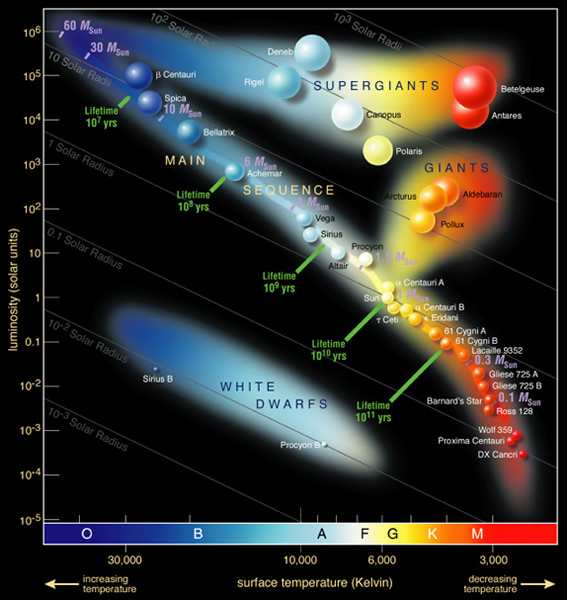
Figure 7.The horizontal axis again shows the color of the stars, and the vertical axis shows the luminosity, in units of the solar luminosity. Note that the tick marks on this vertical, luminosity axis are a factor of 10 apart! A factor of 10 is called an order of magnitude . So the range of luminosity from bottom to top in this diagram is enormous. Each star in the sky can be placed in a unique place on this diagram. For example, the Sun is a yellow star of 1 solar luminosity (by definition!), so you can find it near the center of the diagram. It falls on the "normal star" line running diagonally from the lower right to the upper left. This is called the Main Sequence . Most stars fall along this line.
Radius:
Remember that last lecture we said that if we know the temperature and distance to a star we can determine its size. As it turns out, the red stars on the Main Sequence are smaller than the Sun, and the stars get bigger as you go along the Main Sequence toward the hotter (bluer) end. Stars on the Main Sequence that are hotter than the Sun are also larger than the Sun. So hot blue stars are more luminous (and therefore appear higher in this diagram) for two reasons: they are hotter, and hot objects are more luminous than cool objects, but they are also larger. In fact, if a hot star were to get cooler without changing its radius, its luminosity would drop and its color would become more red so that it would follow the diagonal lines in the above diagram. Notice that the White Dwarfs, in the lower left part of the diagram, are parallel with these constant radius lines. From this we might expect that White Dwarfs get cooler, but stay the same size, as they get older, and we would be right! Other stars also get hotter or cooler during their lifetimes, but they also change size at the same time, so they do not follow these lines.
The Red Giant and Red Supergiant parts of the diagram show that these stars are 30 to several hundred times larger in radius than the Sun. We will learn next time that such stars are old, and that the Sun, as it nears the end of its lifetime, will also swell up and become a red giant star.Lifetimes:
Notice that there are time markers along the Main Sequence. These are the lifetimes of the stars that are found there. At the spot where the Sun is located, with 1 solar luminosity and a surface temperature of 6,000 K, stars live for about 10 10 years, or 10 billion years. Stars that are hotter and more luminous than the Sun live for shorter times, while stars that are cooler and less luminous live for longer times. This seems reasonable, since more luminous stars must be putting out energy at a higher rate, so they use up their hydrogen "fuel" faster. The hottest stars, of type O and B, live only for 10 million years or less! It is a good thing for us that the Sun is not this kind of star, or else life would never have had time to develop on Earth.Masses:
There is a single parameter that accounts for all of the patterns we see on the Main Sequence, and that is the star's mass. If a star develops out of a 10 solar mass cloud, it will become a B star, its surface temperature will be about 20,000 K, it will have a luminosity of about 10,000 Sun's, and it will live for only about 20 million years. All of these characteristics of the star are determined by the initial mass of the cloud, with very little dependence on anything else! So this is the main point to keep in mind. The Main Sequence is a mass sequence. Higher mass stars will have surface temperatures and luminosities that place at the upper-left end of the Main Sequence, and lower mass stars will have parameters that place them at the lower-right.Numbers of Stars vs. Mass:
As it turns out, a giant cloud of gas of hundreds or thousands of solar masses will collapse not to form a single giant star, but will collapse in several places at once (several dense centers) to form many stars. Typically, only a few high-mass stars are formed, and many more of the lower-mass variety are formed. Such a cloud will form a cluster of stars. Because of the lifetime difference, if we look at a young cluster we will see all masses of stars but if we look at an old cluster we will see only the smaller mass stars. Why? Because the high-mass stars have already lived their lives out and died (we will discuss how stars die later). Compare the young Pleiades cluster (figures 2 and 3, above), with the much older M3 cluster (figure 6 a and b). The Pleiades has a few very bright stars and lots of less luminous (lower-mass) stars. The M3 cluster has only fainter stars on the main sequence. It also has lots of Red Giants, but that is another story. If we look at the stars in our neighborhood (figure 5), we see far more low-mass stars. So most stars in the galaxy today are low-mass stars, for two reasons: 1) more low-mass than high-mass stars are born in each cloud, and 2) low-mass stars live much much longer than high-mass stars.Main Sequence Turn-off:
If you look at the M3 cluster H-R diagram (figure 6b), you see that the main sequence only extends part way to the upper-left, and then the stars appear off the main sequence to the upper right, in the Red Giant area of the H-R diagram. This is because when stars age, they get cooler (which makes them turn red) and larger (which makes them more luminous), so they actually become Red Giants. If we look at an H-R diagram for several clusters of different ages, here is what we see:Really young clusters like the Double Cluster h and chi Persei have high-mass O stars at the upper end of the Main Sequence. Older clusters like the Pleiades have B stars starting to age off the Main Sequence. The Hyades, even holder, is starting to have A stars leave the Main Sequence, and the much older NGC 188 has F stars leaving the Main Sequence. This aging off the Main Sequence is called the Main Sequence Turn-off, and we can use it to actually tell how old clusters are. The oldest clusters in our galaxy are about 14 billion years old, which is one way we know how old the Universe is. 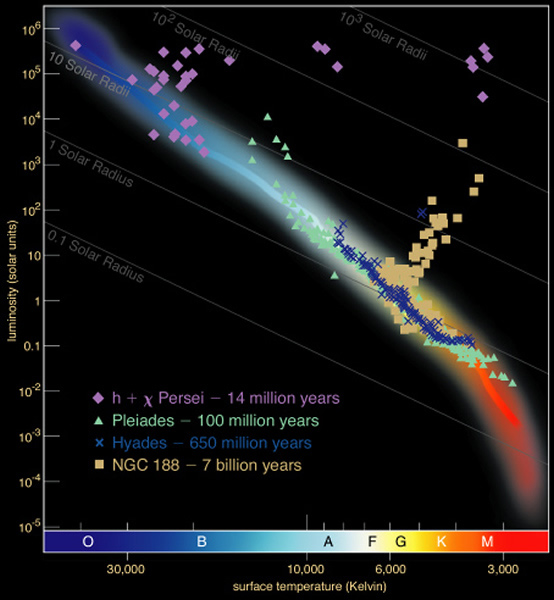
Figure 8
Source: https://web.njit.edu/~gary/202/Lecture17.html
0 Response to "As Star Color Changes From Blue to Red the Surface Temperature of the Star"
ارسال یک نظر